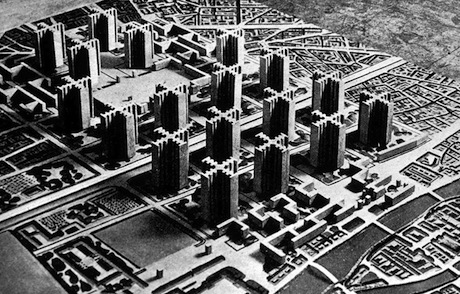“We shape our buildings and afterwards our buildings shape us.” With these famous words, Winston Churchill argued that the House of Commons, destroyed during the Blitz, should be rebuilt according to its original design. The rectangular design of the building, he claimed—in which the opposing sides had to sit facing each other, and changing “sides” meant literally getting up and changing sides—had shaped the British two-party parliamentary system. Abandoning this in favor of a semi-circular design would mean ushering in a different mode of government, even without any change to the law. Churchill’s opponents, whose proposed design reflected a different political theory, knew this.
Churchill’s statement reflects two truths about architecture that we forget at our own peril: Architecture is always a way of conveying our beliefs about the world, and our place in it, in physical form; and buildings have a profound effect on the people who use them. The physical spaces we occupy shape not only how we act, but ultimately what we believe. Put another way, when we build, we put into the world a “gospel,” which will be preached long after we are gone.
